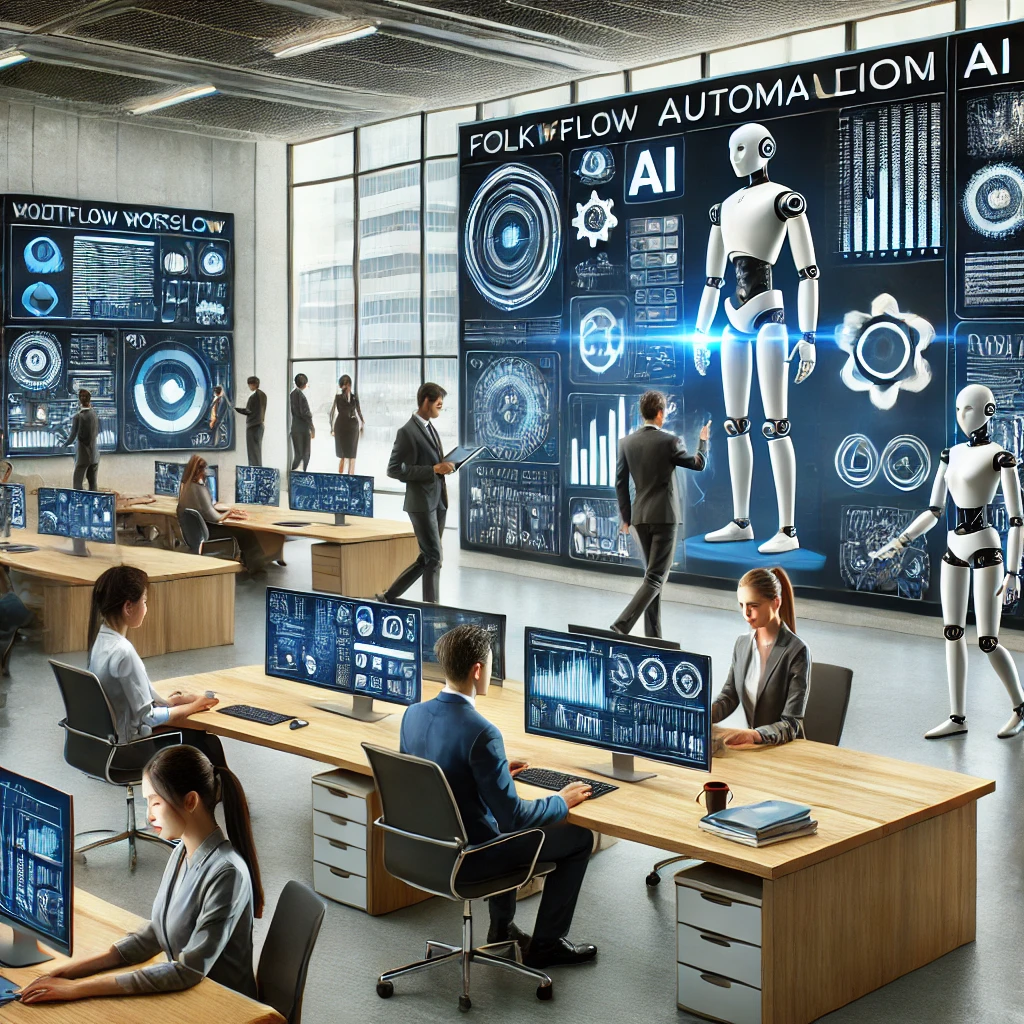
Workflow automation is transforming how organizations manage and execute their processes, leading to unprecedented levels of productivity and innovation.
Definition and Benefits: Workflow automation involves using software tools to automate complex business processes. This not only speeds up operations but also reduces errors, frees up human resources for more strategic tasks, and ensures consistency across tasks.
Current State of Technology: The current technologies driving workflow automation include AI, machine learning, and robotic process automation (RPA), which integrate into daily business operations to enhance efficiency.
Increased Integration of AI and Machine Learning: Future developments are likely to see deeper integration of AI technologies, enabling more sophisticated decision-making capabilities and predictive analytics in workflows.
Enhanced Customization and Scalability: As businesses demand more tailored solutions, workflow automation tools will evolve to offer greater customization options that cater to specific industry needs, allowing for scalable solutions that grow with the company.
Focus on User Experience: Emerging tools will place a stronger emphasis on user interfaces and experiences, making these systems more accessible to non-technical users and increasing adoption rates across departments.
Manufacturing: In manufacturing, workflow automation can streamline production lines and supply chain management, significantly reducing downtime and costs.
Healthcare: For healthcare providers, automation can enhance patient care processes, from appointment scheduling to patient data management, improving both efficiency and patient outcomes.
Finance: In the financial sector, automated workflows can enhance accuracy in data processing, fraud detection, and compliance monitoring, protecting against risks and enhancing service delivery.
Security Concerns: With increased automation, ensuring the security of data and processes becomes paramount. Future solutions will need to incorporate advanced security measures to protect sensitive information.
Adoption Barriers: Common barriers to adopting new technologies include cost, resistance to change, and initial training requirements. Businesses can overcome these challenges by providing adequate training and demonstrating the long-term benefits of automation.
The future of workflow automation is bright, with continuous innovations aimed at enhancing how businesses operate. As this technology becomes more integrated into core business processes, organizations that adopt and adapt to these changes will find themselves at a competitive advantage, poised for growth and success in an increasingly digital world.